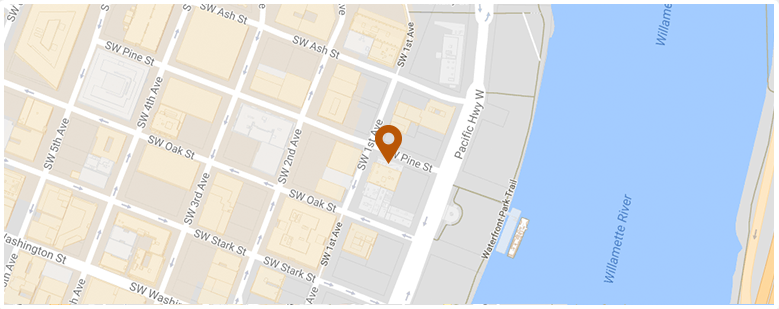In the early part of last week six people died on Portland’s streets over the course of just a few days. At one point, according to The Oregonian, “emergency personnel responded to fatal accidents in North, Southeast and Northeast Portland” in a span of just 11 hours. Going into this holiday week, the newspaper reports, “14 people have died on Portland streets (in 2019), up from 10 deaths at the same time last year.”
City officials urged drivers to slow down, and the police chief announced on Twitter that “I am directing officers to increase enforcement.” “But,” she added, “this is everyone’s responsibility.” The newspaper quotes a city transportation official offering some advice that bears repeating: drivers “need to be alert and to look out for people walking, not drive distracted, not under the influence.”
I have used this space on many previous occasions to note Portland’s efforts to reduce pedestrian and cyclist deaths. A big part of that has been Portland’s participation in the global Vision Zero program (see links below). As The Oregonian explains, Vision Zero aspires to eliminate traffic deaths by 2025 through a combination of “redesigning streets, educating the public about safety concerns and enforcing traffic laws.” As part of Vision Zero Portland has both stepped up enforcement efforts and lowered the speed limit on key streets and roads around the city.
 Oregon Injury Lawyer Blog
Oregon Injury Lawyer Blog


